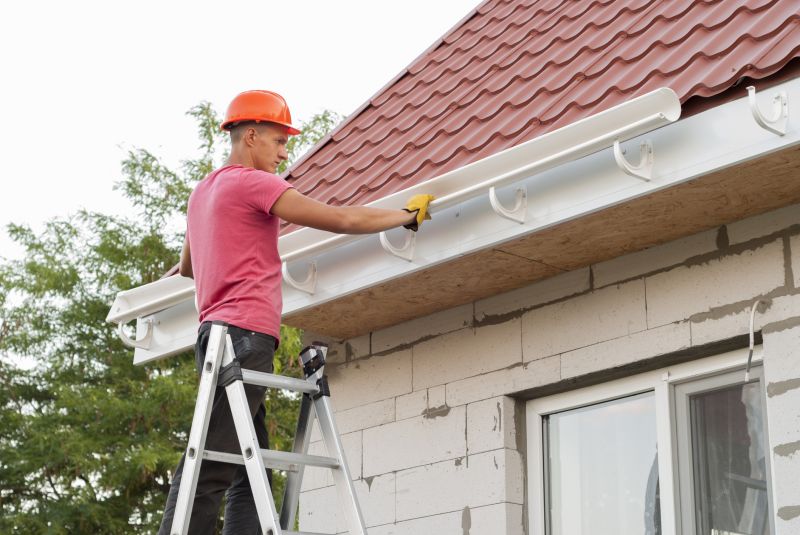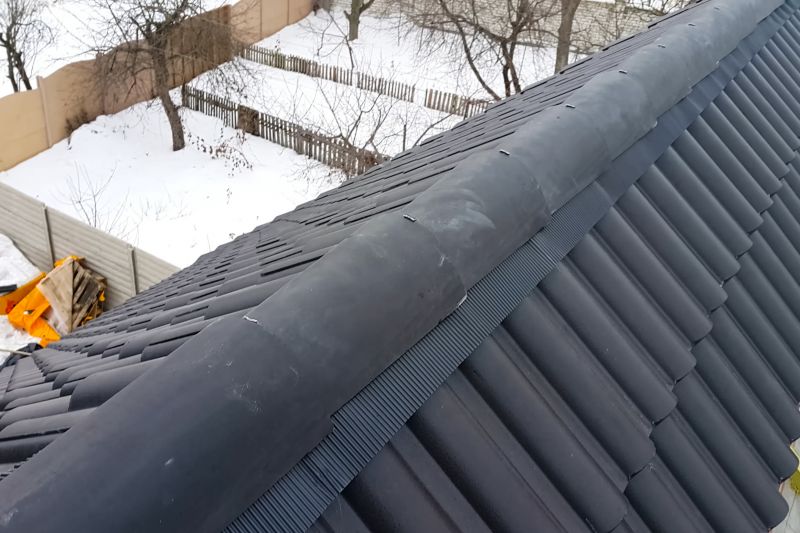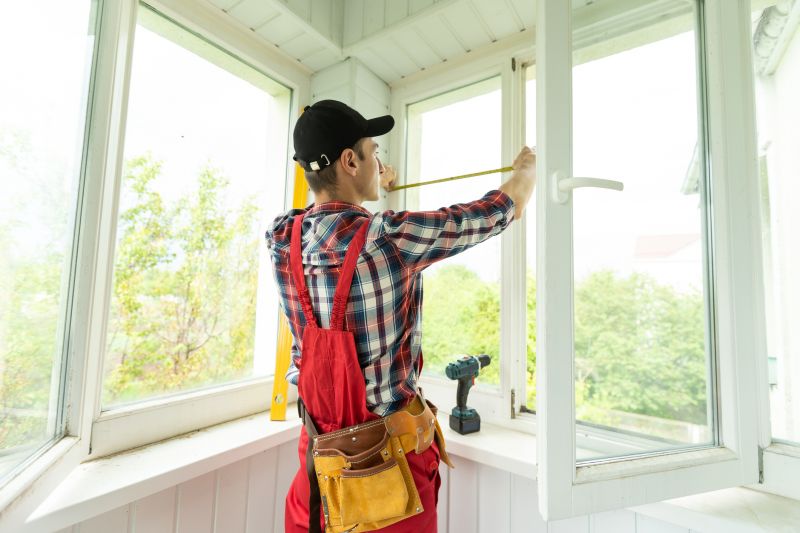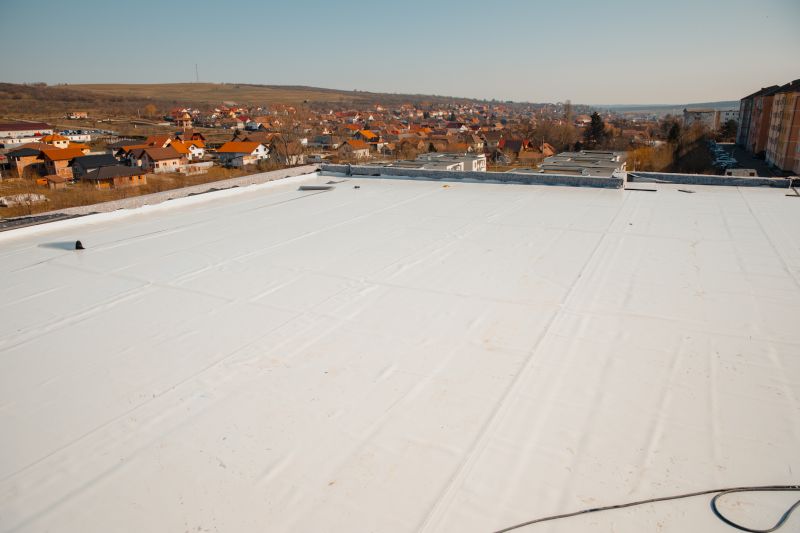Optimal Seasons for Roofing Services
Roofing services are most effectively performed during specific seasons that offer optimal weather conditions. Understanding the timing can help ensure quality work, safety, and durability of the roofing project.
Spring offers moderate temperatures and longer daylight hours, making it suitable for roofing projects. It allows for efficient installation and fewer weather-related delays.
Summer provides warm, dry weather ideal for roofing work. However, high temperatures can pose safety concerns for workers and materials.
Fall is considered a prime time for roofing due to cooler temperatures and lower chances of rain, which helps in completing projects before winter.
Winter is generally less favorable due to cold temperatures and snow, which can affect material performance and safety. However, in milder climates, it may still be feasible.

Ways to make Roofing Service work in tight or awkward layouts.

Popular materials for Roofing Service and why they hold up over time.

Simple add-ons that improve Roofing Service without blowing the budget.

High-end options that actually feel worth it for Roofing Service.

Finishes and colors that play nicely with Roofing Service.

Little measurements that prevent headaches on Roofing Service day.
| Season | Ideal Conditions |
|---|---|
| Spring | Moderate temperatures, longer days, minimal rain |
| Summer | Warm and dry, but high temperatures |
| Fall | Cooler weather, less rain, good for scheduling |
| Winter | Cold, possible snow, limited availability |
Roofing services involve replacing, repairing, or installing roofs to protect buildings from weather elements. Proper timing ensures the longevity of the roofing materials and reduces the risk of project delays. Seasonal considerations are crucial for planning and executing roofing projects efficiently.

A 60-second routine that keeps Roofing Service looking new.

A frequent mistake in Roofing Service and how to dodge it.

Small tweaks to make Roofing Service safer and easier to use.

Lower-waste or water-saving choices for Roofing Service.
Fall is typically ideal due to cooler temperatures and less precipitation, allowing for proper installation.
In milder climates, winter roofing is possible, but cold temperatures can impact materials and safety.
Adverse weather like rain, snow, or extreme heat can delay or compromise roofing work and materials.
Yes, spring's moderate weather makes it a favorable time for roofing services with fewer weather disruptions.

